Editor’s note: As Eagles and Giants fans, there’s not much that Diana Mask and Katie Andriulli agree on when it comes to football. But they’ve found common ground in their approach to day-to-day media work with coalitions.
Since football season is officially underway (huzzah!), and since we couldn’t pass up the opportunity to lay down some good ol’ fashioned sports metaphors, we thought we’d take this opportunity to point out some of the striking similarities we’ve noticed between managing a successful fantasy football team and executing a media strategy for coalitions.
Check out the 8 tips below that we’ve gleaned from working with our clients the Federal-Postal Coalition and Keep Antibiotics Working, and you’ll be snagging press hits for your coalition and/or winning points for your fantasy league in no time!
1. Do your homework
Like any fantasy football fan knows, doing your homework before draft night is key to building the foundation for success. With coalitions, before you begin any media outreach, it’s important first and foremost to identify the group’s common goal(s) and agree on your main messaging points.
If you’re just starting out with the coalition, set up a 1-2 hour kick-off session with key members to discuss their current and long-term goals, determine what each member brings to the table, what’s worked well or not so well for them in the past and the tone they want to strike in their messaging moving forward. This information will help ensure that relationship with the coalition begins on the right foot and will provide the foundation of your media strategy going forward.
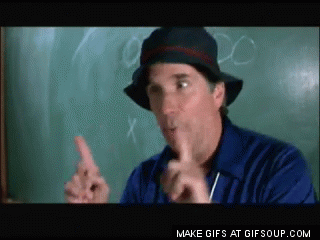
2. Set the line-up
Once you’ve nailed down your core messaging, the next step is to assess your roster. Like setting your lineup in football, in order to succeed you need to match the players with their strengths on the field. You wouldn’t ask the quarterback to kick the ball, would you? (Unless by “football” you mean “futbol” in which case everyone has to kick the ball, but we are trying hard not to mix our sports metaphors so let’s not go there). The bottom line is: play to your strengths, and don’t offer up a spokesperson to media to discuss a topic that’s not in his/her wheelhouse.
Identify the areas of expertise and perspectives that each member organization or spokesperson is comfortable sharing with press. This way, when media interest arises, you’re ready to put your best foot forward.
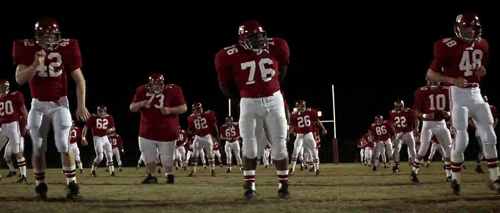
3. Elect a team captain (or captains)
Electing a leader (or group of leaders, like a steering committee) to take the lead on media work is a good way to streamline the communications process so that you can act quickly and help the coalition comes away with a “W” when the media comes knocking. When presented with an opportunity, this point-person or group can help you determine a) if it makes sense to respond right away or wait for more info; b) who is available to respond; and c) who is going to take the lead on helping to review or draft a statement. Some of the coalitions we work with are dozens of members deep. That’s great for showing strength. It’s horrible for approving a press release without a captain.

4. Have a clear game plan
The most successful fantasy football team managers have their weekly selection process down to a science, from studying injury reports, to researching match ups and making last minute selections to beat the deadline. As we media pros can attest, without a set process for rapid response, you’re setting yourself up to fumble.
You’ve already taken the critical first step of electing “captains” or a “media braintrust” for your group, now it’s time to put them to work. Collaborate with them on designing a rapid-response process that will work well for everyone. For example, you might want to make a separate email group just for the braintrust, so that you can reach them quickly and cut down on communication to other folks in the coalition who aren’t as directly involved in media work (their overflowing inboxes will thank you!) Also be sure to establish at least two people in the group who can act as a backstop/give final approval on behalf of the coalition for any statements or materials that are developed.
Another pro-tip: Try to use Google Docs as much as you can so that multiple people can collaborate at the same time and cut down on editing time for statements and other materials.
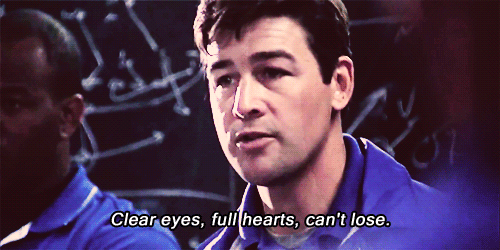
5. Prioritize
When a lot of people are working together as a team, often they can get sidetracked by the little things. Take this hypothetical — during an otherwise busy week when you’re doing a big media push around your issue, a small-town paper publishes an op-ed by one of your opponents. Is this something the coalition should respond to, or would respond to during a less hectic time? Maybe. But not when there are bigger fish to fry.
While it may be tempting to engage, always ask yourself: does this activity support the overall goals of the coalition we set out from the beginning? If not, it may be better to bench it and keep your eye on the ball.
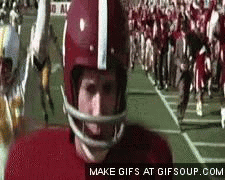
6. Anticipate Challenges
Much like a fantasy football team’s composition, coalitions consist of voices from all different organizations and teams united under the same name and cause. Although you’re working towards a common goal, conflicting opinions will inevitably arise, and that’s okay. Maybe a few groups feel really strongly about sending a statement out to press, while one or two others don’t. The important thing is to remember that you’re all working towards a common goal, and more often than not, these disagreements can be resolved without a fight. A clear chain of command within the group will help steer the coalition towards a decision.
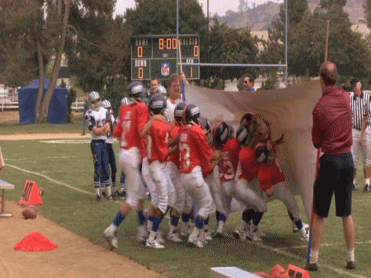
7. Keep Your Head In The Game
Another pitfall of coalitions is that members are often dealing with their “day jobs” in addition to their role in the group, and may be busy doing other things. This can lead to slow response times, or may mean that some coalition members are out of the loop. Having a “media braintrust” and a set process in place to respond to key media moments (as outlined above) can help combat sluggishness within the group. You can also help keep everyone in the loop by having a weekly or bi-weekly call to discuss what’s moving, and prioritize activities as group.

8. Plan Ahead – and Have a Winning Vision
Sometimes teams will have a bye-week where they don’t play any games at all. If you don’t look ahead/anticipate, you could be stuck with a dud in one of your critical positions!
When dealing with coalition media strategy, be sure to anticipate and discuss potential media moments that might be coming up in the near future (a major anniversary? a Congressional hearing?) and make sure that you’re working with members to plan ahead for an appropriate response. Sometimes that means starting an early draft of a statement and others it means taking the opportunity to prep spokespeople before you’re back in action.
After putting in the time and effort to build a strong foundation and establish core messaging, it’s important to stay on top of your game. While in fantasy football you have the option to pick up a free agent or make a trade, in coalition work, it’s about keeping a close eye on the news to identify new angles and opportunities to insert your coalition members’ voices into the public conversation.
Also remember to play the long game. Your quarterback may have an awesome point-scoring week, but a one-time performance won’t always carry the group towards a league victory. Having a long-term vision and establishing goal-posts along the way is an effective way to help ensure your coalition will be successful in the future.
Continually revisiting overarching goals and messaging is also critical to keeping the coalition on the road to victory. And remember – you can’t anticipate everything, so don’t be afraid to go with the flow and adjust your goals as needed!

Want even MORE coalition goodness? Check out our snazzy whitepaper!


